Rome was, in a word, intense.
Getting through the train station, Roma Termini, was eye-opening. North America doesn’t match Europe for train networks. I counted between 25 and 30 rails (~15 platforms) in Roma Termini, and the massive clusters of people let me know right away that I was in a busy city. Roma Termini was probably the size of a small airport.
It was a very short walk to the hostel from the train station, but it took a while to check in and get settled since I was staying at a very busy, party-atmosphere hostel (bit of a mistake, in hindsight).
With the afternoon free, I walked about half an hour to a place that my cousin, Father Stan Galvon (who did his seminary in Rome) recommended: the Basilica di San Clemente.
The walk was enlightening. teaching me a lot about both the beauty and the chaos that is Rome. Traffic, to locals, must certainly follow a logical pattern of some kind, but I couldn’t puzzle it out. Tourists are everywhere, but so are locals…it’s a big, busy, beautiful place. It isn’t hard to fathom why Rome is referred to as the ‘Eternal City’. Where else can you see gargantuan Roman ruins next to medieval fortifications, in the same piazza as a stolen Egyptian obelisk (older than the Colosseum), Baroque palaces and modern shops? Maybe a few places, but this is where you’ll find it concentrated. Rome gives you a continual sense of time travel (if you ignore the Vespas rushing by), and the Basilica di San Clemente encapsulated this feeling perfectly.
The walk to the basilica took me right next to the Colosseum and the ruins of the Roman forum, so I took the opportunity to snap some photos:
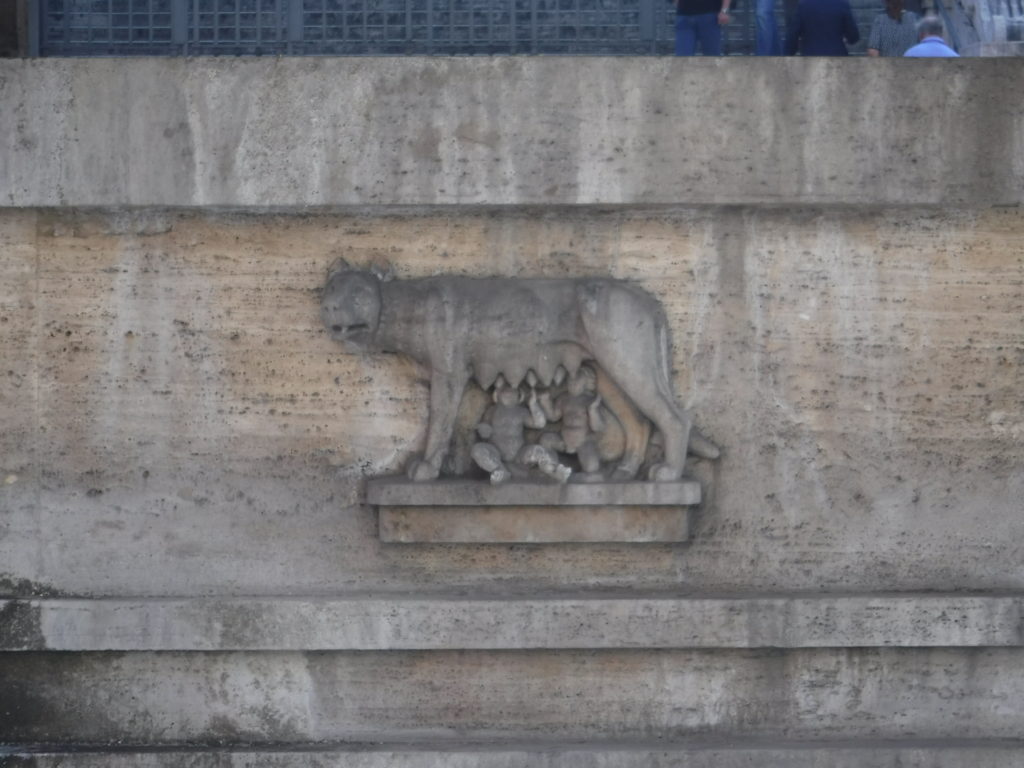
Romulus and Remus (and mum)

Inspiration for Corti Street
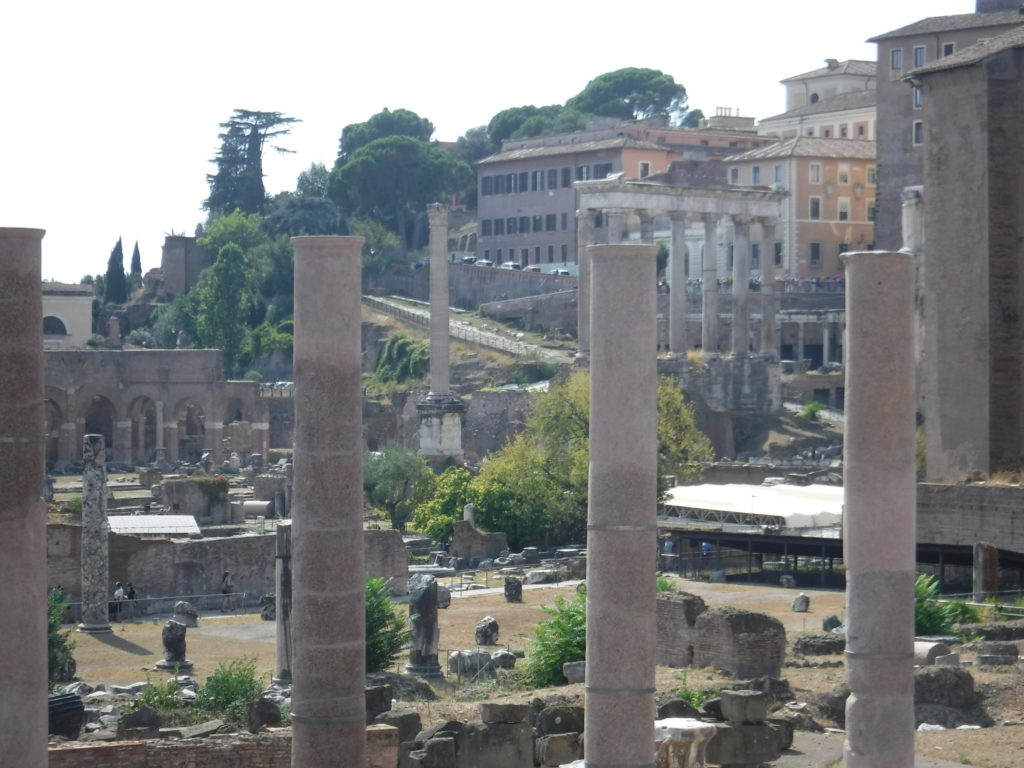
The forum ruins
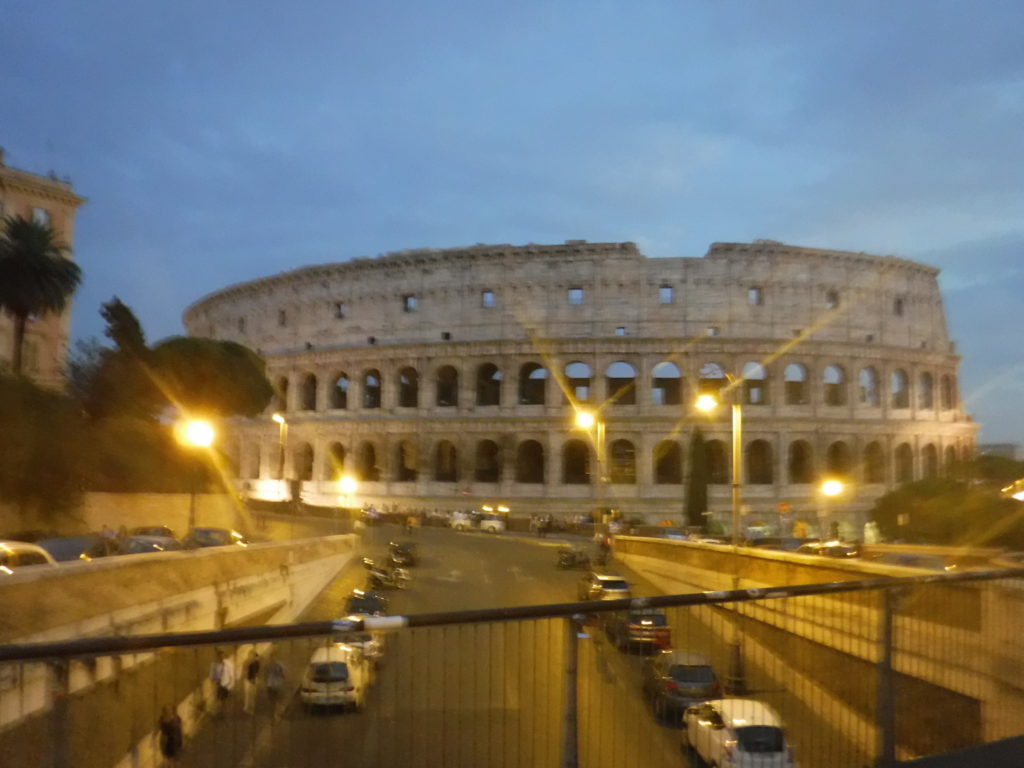
The Colosseum at dusk
The basilica is a 14th-century church restored in the 18th century, as beautiful and soothing as most cathedrals I’ve visited. Like most, it is still a place of worship. No photography of any kind was allowed within the Basilica (I’ll post pictures from online instead) due to the sensitivity of the ancient frescoes contained within, which the church is in the process of restoring. The frescoes and other precious artifacts were discovered underneath the basilica. Like Prague, the foundations of modern Rome are built upon the bones of its former self, and the discovery of the older 4th-century basilica directly underneath the modern church led to the excavations.
Paying the fee, I took the steps down to the underground, where Byzantine-style frescoes in various states of restoration were featured upon the ancient brick walls. It is known to be the largest collection of early medieval wall paintings in the entire city. The basilica also contains the tomb of St. Cyril, an important figure to Slavic Christians, and one fresco features, in writing, an early example of the Roman shift from Latin to the more vernacular Italian.
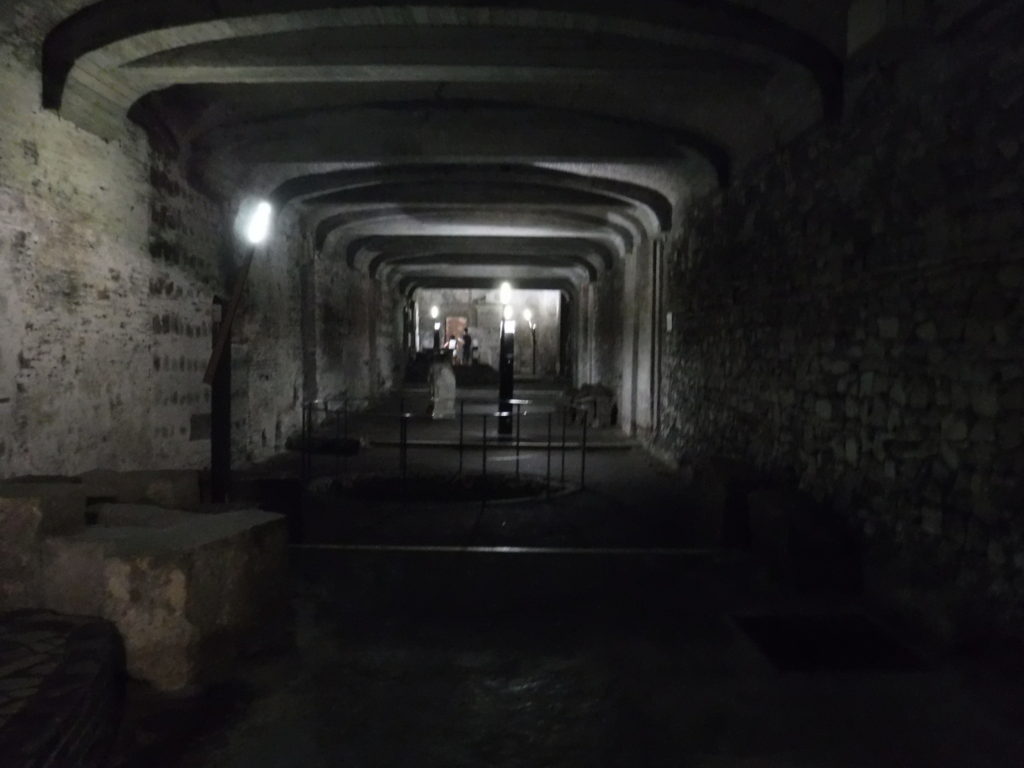
The underground basilica
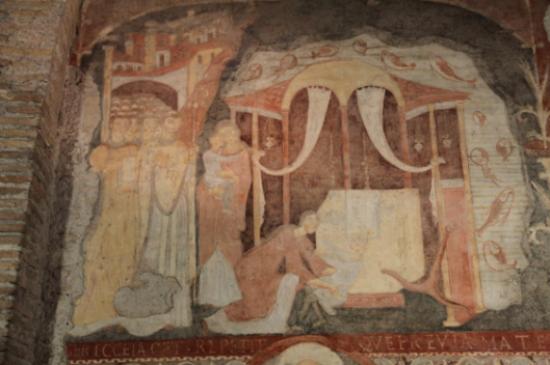
Early Christian fresco
Underneath this important example of early Christian worship, however, survives something even older: a Mithraic temple from the 1st century. Converted from a nobleman’s home, the artifacts contained within this site of pagan worship (Mithraism was considered an early rival cult with Christianity) were truly ancient, including a shrine to Mithras and a bust of the god Sol. Other areas of excavation include a natural spring, a Mithraic school, and an area which may have possibly been the Roman mint. Feeling the 2000-year-old bricks of the walls, I felt as though I was truly among the ancient Romans, even if just for a moment.
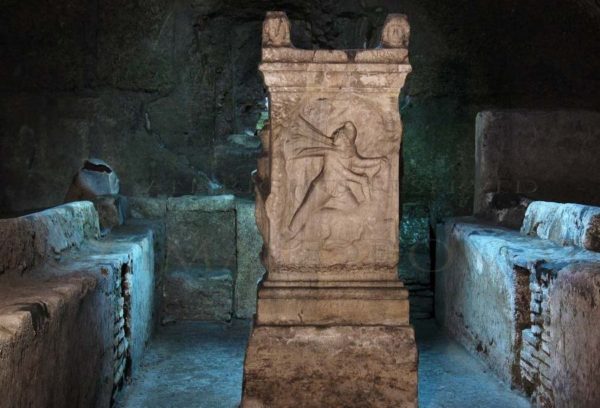
A shrine to Mithras
I lunched at a cafe and met two girls from Lebanon, Sarah and Joelle. Sarah has been studying art in Rome for two years and speaks fluent Italian. Joelle was visiting and had the opportunity to see several events surrounding St. Rita of Cascia (important to Lebanese Christians) and the canonization of Mother Theresa (happening this Sunday — I saw nuns everywhere). The girls suggested I join them on their free walking tour (you still tip the tour guide, of course!) on the following day.
The walking tour gave me the opportunity to see innumerable Roman landmarks that I may have otherwise missed. In Rome, even the free tour guides are required to have a degree – ours was an archaeologist, I believe – so the information you’re getting is the good stuff. On the tour, I saw the Spanish Steps, Trevi Fountain, Egyptian obelisks, the Pantheon, and St. Peter’s Basilica (though I opted not to step inside the Vatican — dehydration and staying up too late were taking their toll).
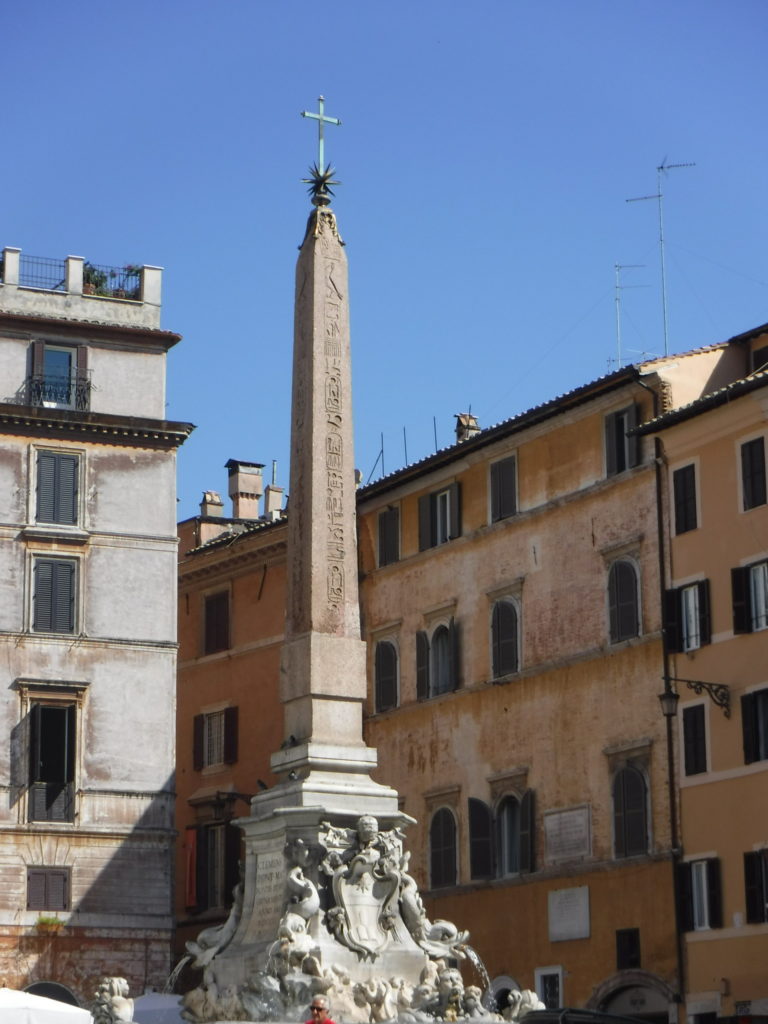
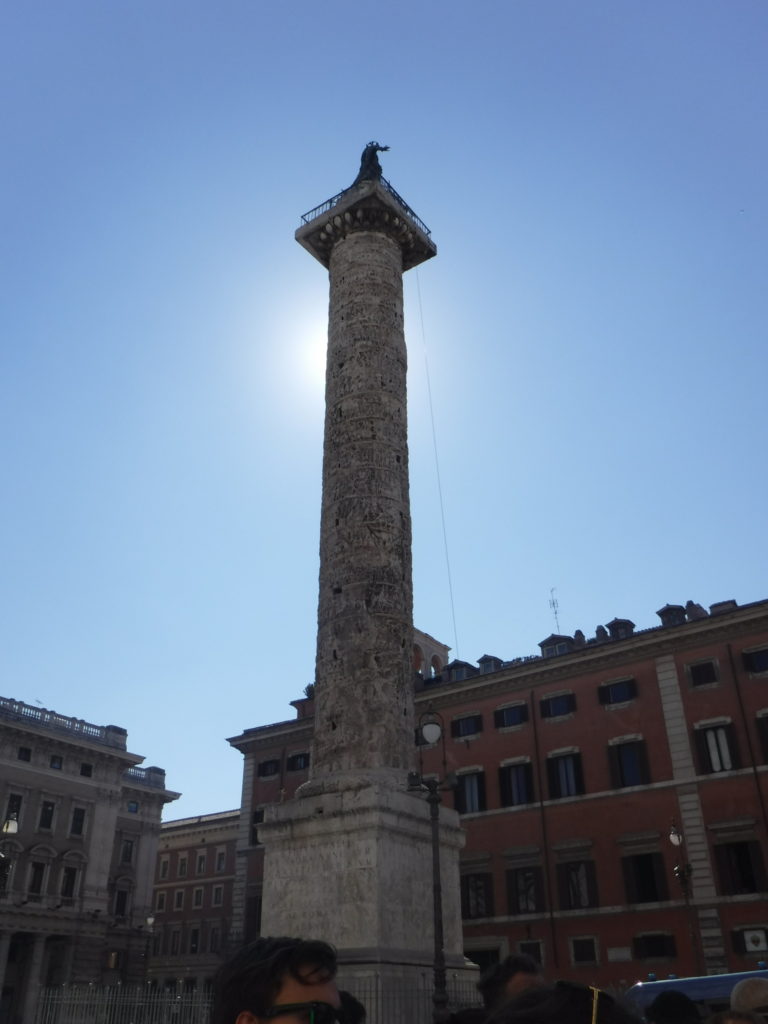
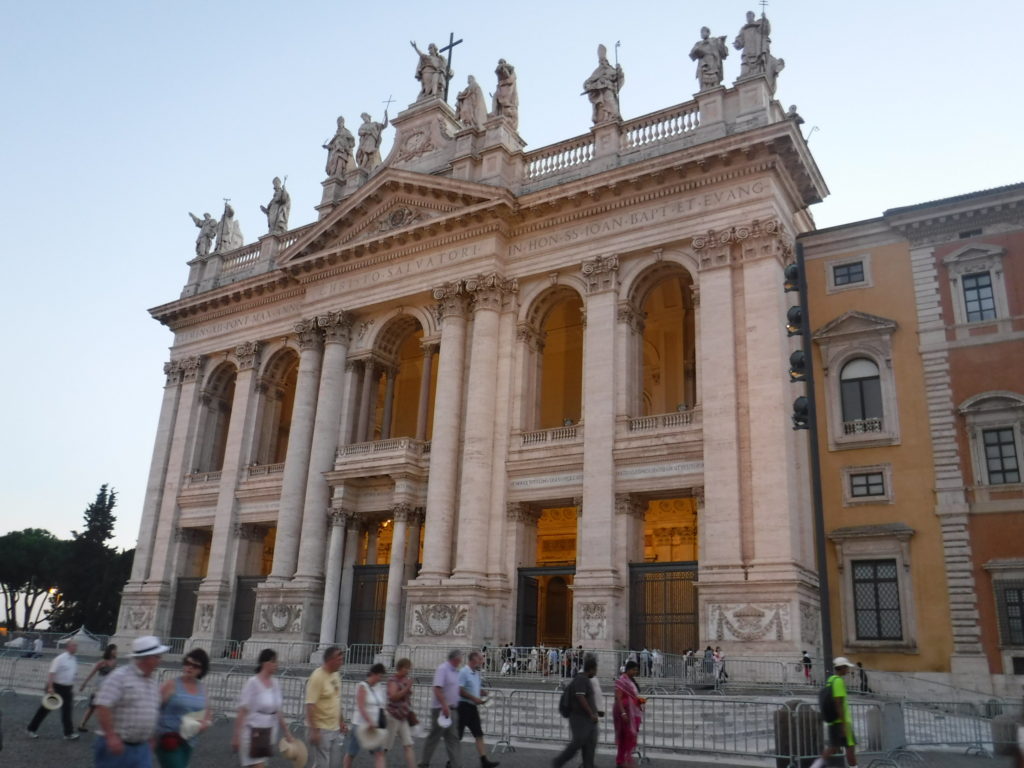
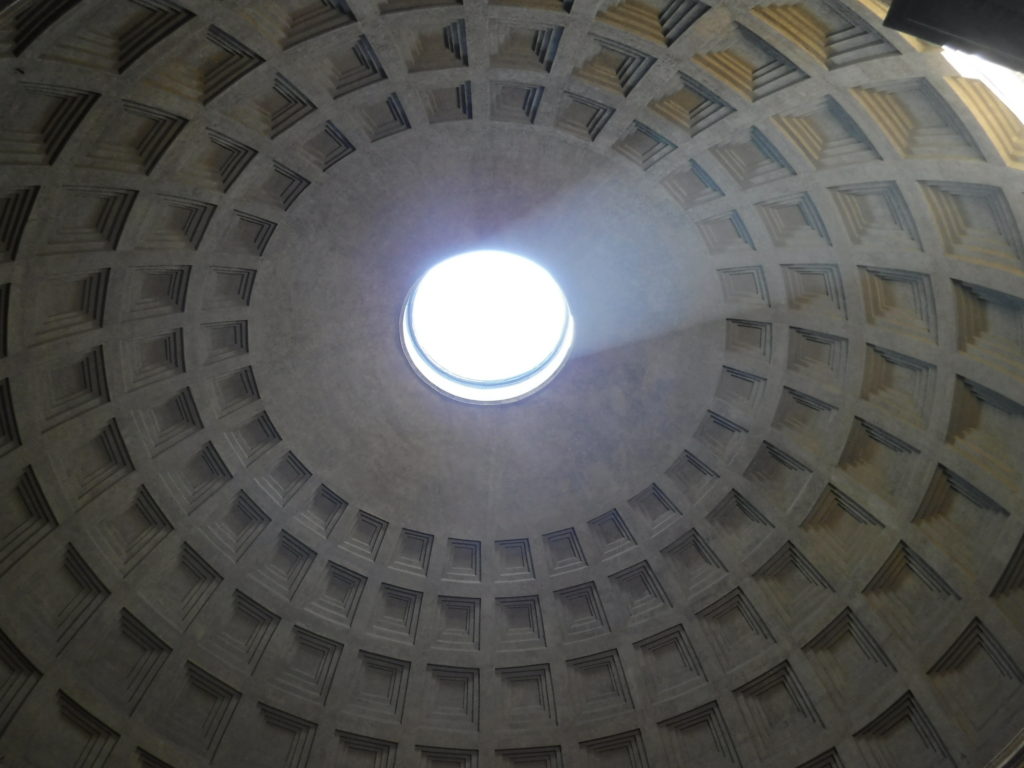
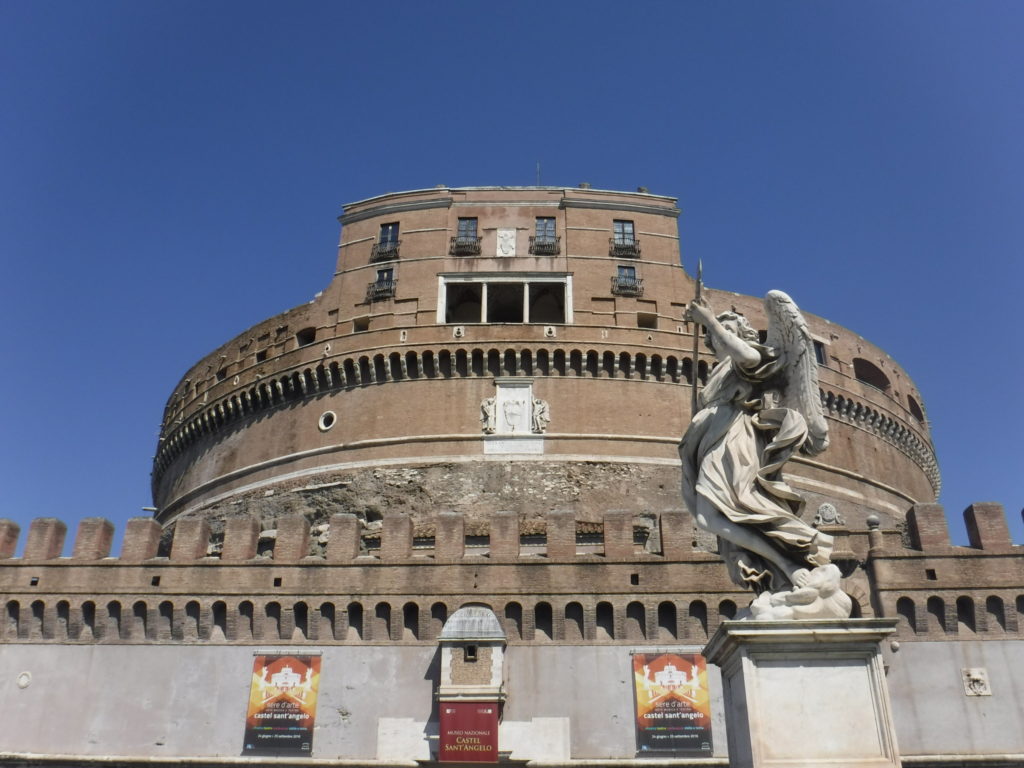
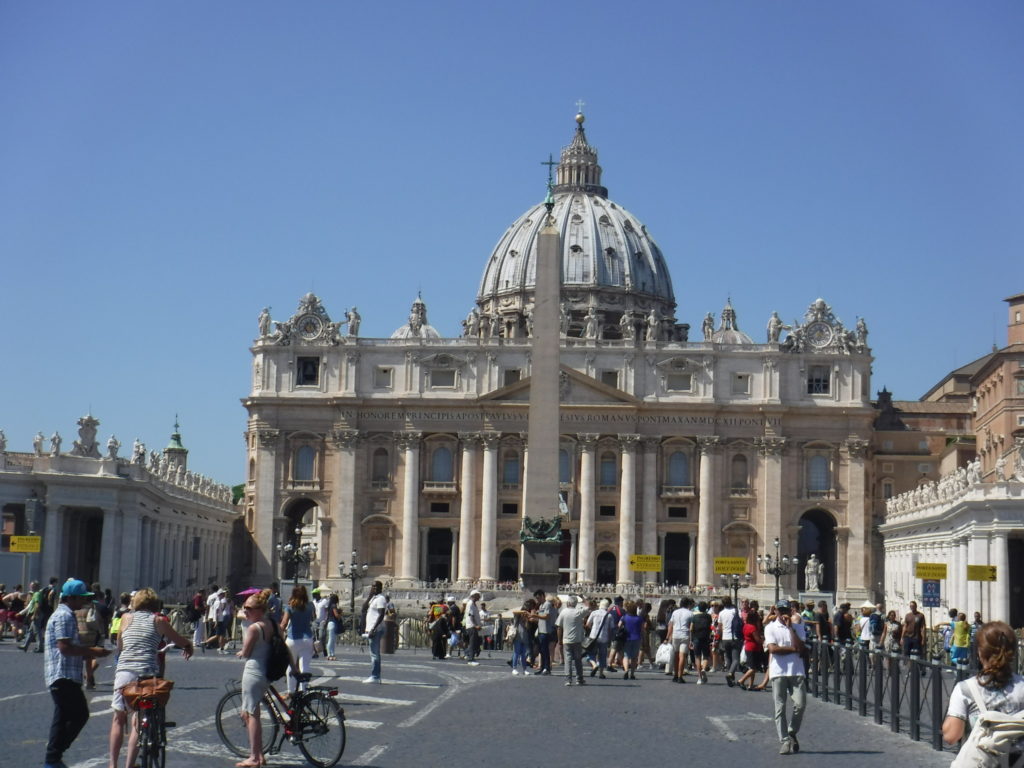
Don’t let the ‘free’ part fool you — the information was valuable.
Since she knew the best local places, Sarah took us to her favourite lunch spot, where I had some buffalo mozzarella that changed my life (or, at least, my opinion on what constitutes good and fresh as far as cheese is concerned).
Up next: Cinque Terre (for me it was only Duo Terre)
Leave a Reply